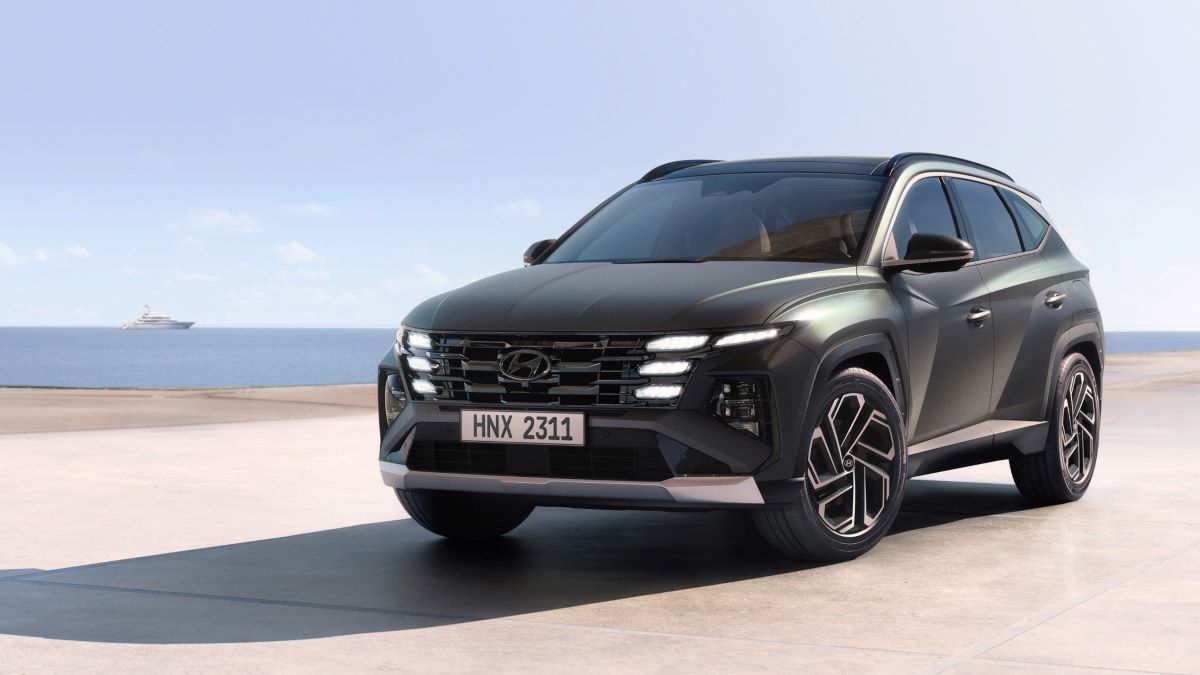When shopping for a crossover SUV, it’s easy to get caught up in the headline features — horsepower, fuel economy, infotainment screens, towing capacity, and all-wheel-drive options. Yet among all the specs and flashy upgrades, one humble feature remains critically important, especially for families and passengers who spend time in the back seat: dedicated rear air vents.
It might seem like a small detail, but its impact on day-to-day comfort is significant. Anyone who has sat in the rear seats of a vehicle on a hot day without direct airflow can attest to how stifling — even unbearable — the experience can become. Dedicated rear vents are more than a bonus; they’re a necessity for a well-balanced, climate-controlled cabin.
In crossovers, which are larger than sedans and often serve as the go-to family vehicle, airflow dynamics play an even more crucial role. Without vents specifically for the rear passengers, it can take far too long for conditioned air from the front of the cabin to reach those in the second or third rows.
Children, elderly passengers, and even pets can be more sensitive to temperature extremes, making efficient airflow a matter of health and safety, not just comfort. Yet surprisingly, many entry-level and even mid-tier trims from some manufacturers omit this feature, forcing buyers to either pay more or compromise on rear-seat comfort.
This article highlights ten crossover SUVs that not only provide dedicated rear air vents but do so in a way that’s meaningful and well-integrated into the cabin design. From affordable compact models to more premium offerings, these vehicles stand out for recognizing that every seat matters.
Each section explores how these vents are implemented, which trim levels offer them, and why their presence enhances the driving and riding experience. Whether you’re a family of five, a rideshare driver, or someone who simply values comfort in every corner of your car, this guide will help you identify which crossovers treat rear-seat comfort as a standard, not an upgrade.
Also Read: 10 Best and 10 Worst Cars for Cold Climates & Harsh Climate

1. Toyota RAV4
The Toyota RAV4 has consistently topped sales charts for compact SUVs, and one of the reasons for its ongoing success lies in the thoughtful balance it strikes between affordability, reliability, and everyday practicality. One aspect that often goes unrecognized but is deeply appreciated by owners is the presence of dedicated rear air vents in most trims.
Starting from the XLE and upwards, rear passengers benefit from their own airflow control, making the RAV4 a more comfortable choice for families and frequent carpoolers. Especially in warmer climates or during longer journeys, the ability to direct cool or warm air to the back of the cabin is more than a convenience — it’s a necessity.
These rear air vents are built into the rear of the center console and provide manually adjustable airflow, meaning passengers can control the direction of the air to suit their comfort. This becomes particularly beneficial when children, elderly passengers, or even pets are seated in the rear, as it allows for quicker and more efficient regulation of cabin temperature.
Paired with Toyota’s available dual-zone automatic climate control system, the rear vents help maintain an even temperature throughout the cabin, reducing complaints and making the journey more enjoyable for everyone involved. It’s a seemingly minor feature, but one that enhances the day-to-day usability of the RAV4 in a significant way.
Moreover, Toyota has engineered the RAV4’s cabin with a passenger-centric design in mind. The second-row seating area offers impressive legroom and headroom, even for adult passengers. The upright seating position and generous window size contribute to a sense of spaciousness, and the availability of features like reclining rear seats adds to comfort.
In this context, the rear air vents aren’t just a functional benefit; they align with Toyota’s broader goal of providing a high-quality experience for all occupants, not just the driver. Whether it’s daily commuting, family road trips, or simply running errands with passengers in tow, the RAV4 ensures that rear-seat comfort isn’t an afterthought.
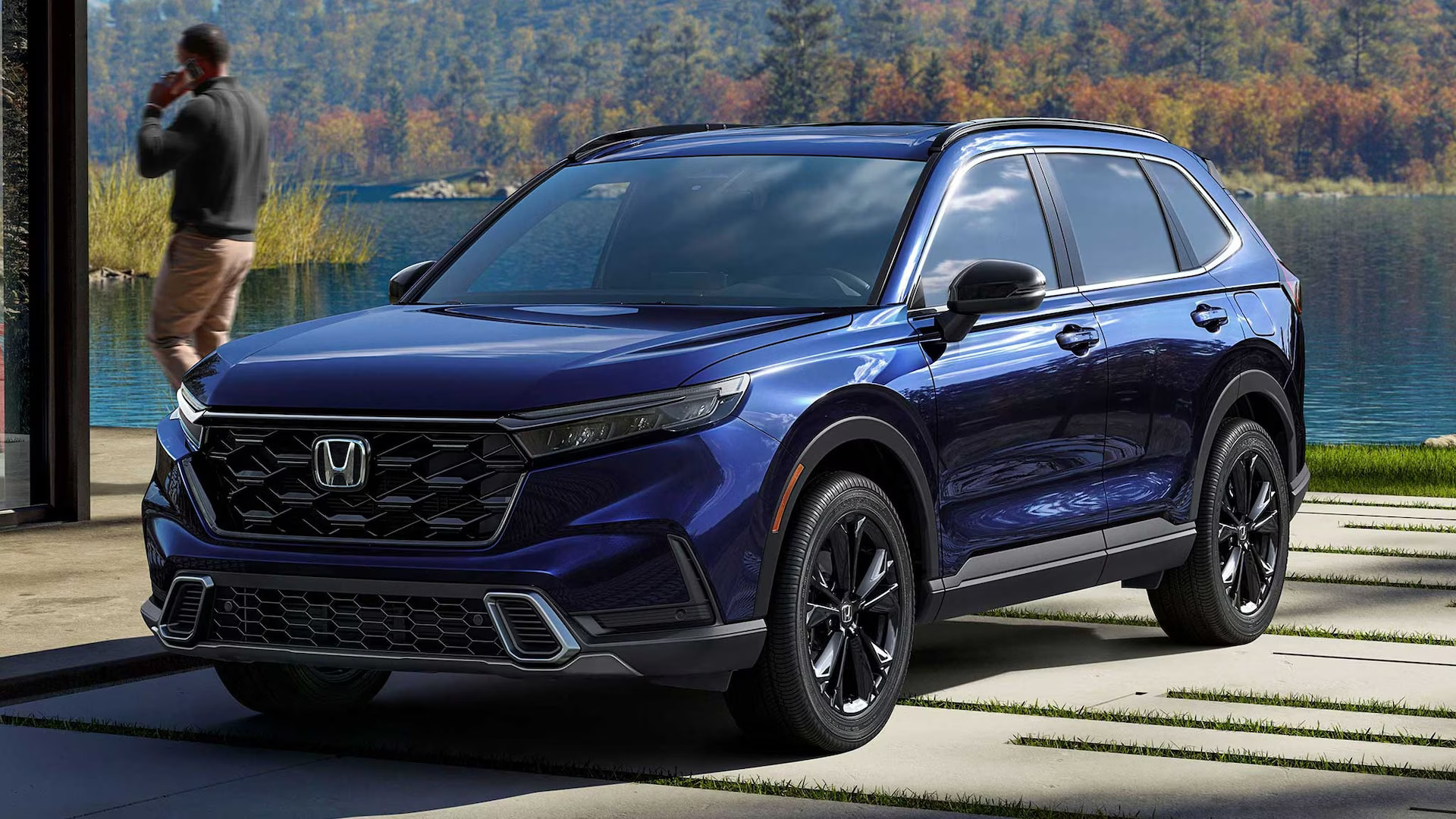
2. Honda CR-V
Honda has long emphasized functional excellence, and the CR-V continues to uphold this philosophy with an interior designed to accommodate both driver and passengers with equal care. One of the standout features, even in the base trims, is the inclusion of dedicated rear air vents.
These vents are mounted on the rear of the center console and provide a direct channel for conditioned air to reach second-row passengers. While many competitors still treat rear ventilation as a premium add-on, Honda includes it across most of the lineup, recognizing how critical it is for family comfort and cabin cohesion.
The CR-V’s ventilation system is well-calibrated to ensure fast and even airflow throughout the cabin. Though the rear passengers don’t get independent temperature controls, the air vents significantly improve comfort levels by distributing air where it’s needed most.
This is particularly useful during extreme weather conditions — whether you’re cooling the cabin during the sweltering heat of summer or warming it up in the dead of winter, the rear vents help achieve a balanced climate much faster than front-only systems. It’s a subtle enhancement that underscores Honda’s attention to user experience and family utility.
Another area where the CR-V excels is in spatial design. The rear seating area is among the most spacious in its class, with ample room for adult passengers and car seats alike. Wide-opening rear doors make entry and exit easier, especially for families with young children or elderly passengers.
Combined with thoughtful details like flat flooring and adjustable seatbacks, the CR-V offers rear-seat comfort that rivals some midsize SUVs. In this well-rounded context, the inclusion of dedicated rear vents feels natural — an expected extension of Honda’s broader mission to make the CR-V one of the most livable, family-friendly crossovers on the market.

3. Hyundai Tucson
Hyundai has made impressive strides in the crossover market over the past few years, and the Tucson stands out as a prime example of how far the brand has come. With a bold design, high-tech interior, and generous standard equipment list, the Tucson competes not just on price but also on substance.
One of its notable passenger comfort features — included even in the base trim — is a set of dedicated rear air vents. These are neatly positioned behind the center console and provide rear passengers with easy access to airflow, significantly enhancing their travel experience.
The efficiency of Tucson’s climate control system is amplified by these vents, which ensure a faster and more consistent temperature balance throughout the cabin. Whether you’re using air conditioning to beat the summer heat or defrosting the vehicle in winter, Tucson’s HVAC system works well in concert with the rear vents to maintain comfort levels for all passengers.
This feature, often reserved for higher trims in rival models, shows Hyundai’s commitment to packing its vehicles with practical amenities that address real-world needs — and it’s a big reason why the Tucson has gained such a loyal following among value-conscious buyers.
Rear-seat comfort in the Tucson is further supported by a cabin that feels airy and well-appointed. With excellent headroom and legroom, plus the availability of features like heated rear seats and rear USB charging ports, passengers in the back are treated to an experience that feels far from entry-level.
The inclusion of air vents completes the picture, ensuring that the Tucson’s interior is as comfortable as it is functional. In a market where competition is fierce and small differences matter, Hyundai’s decision to prioritize rear passenger ventilation in all trims gives it a clear edge.
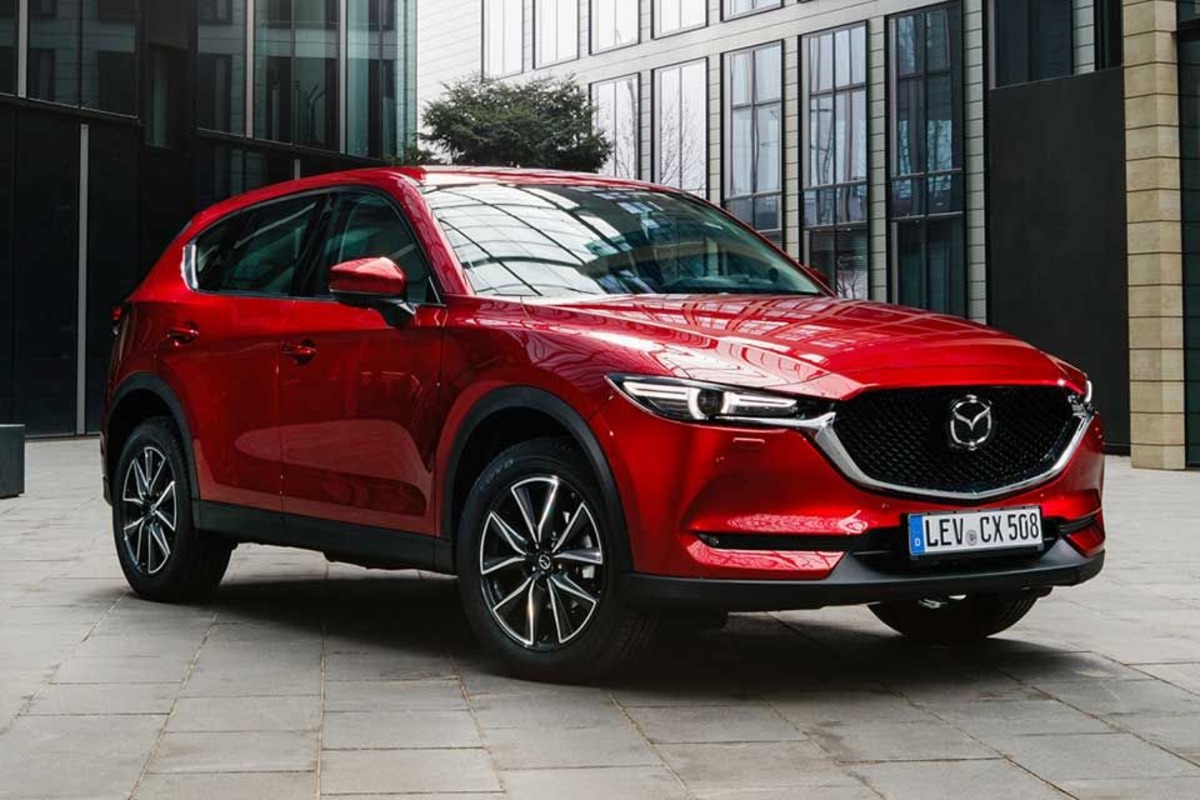
4. Mazda CX-5
Mazda has built a reputation for crafting vehicles that bring a sense of premium style and performance to the mainstream segment, and the CX-5 is a clear embodiment of that philosophy. Often lauded for its athletic handling and high-quality interior, the CX-5 also places strong emphasis on passenger comfort, particularly in the rear cabin.
From the Touring trim and above, the CX-5 comes equipped with dedicated rear air vents, which are thoughtfully integrated into the back of the center console and provide rear passengers with much-needed airflow during all seasons.
The CX-5’s dual-zone automatic climate control system works seamlessly with the rear vents to ensure that temperature changes are felt quickly and evenly throughout the cabin. Even though second-row passengers cannot set their own temperatures, the ability to redirect airflow makes a noticeable difference in comfort.
This setup is especially appreciated during long drives or in climates with significant seasonal swings. The precision with which the climate system operates is indicative of Mazda’s meticulous attention to detail — the vents aren’t just a functional afterthought; they’re part of an environment crafted for holistic comfort.
Inside, the CX-5 continues to impress with soft-touch materials, ergonomic seat designs, and excellent noise insulation, giving it a near-luxury feel at a much more accessible price point. Rear-seat legroom and headroom are generous enough to accommodate adults comfortably, and the inclusion of rear air vents ties the entire rear cabin experience together.
For families, professionals, or anyone who often travels with passengers, this feature becomes an everyday advantage. In an SUV designed to please both drivers and passengers, Mazda ensures that no one is left out of the comfort equation.
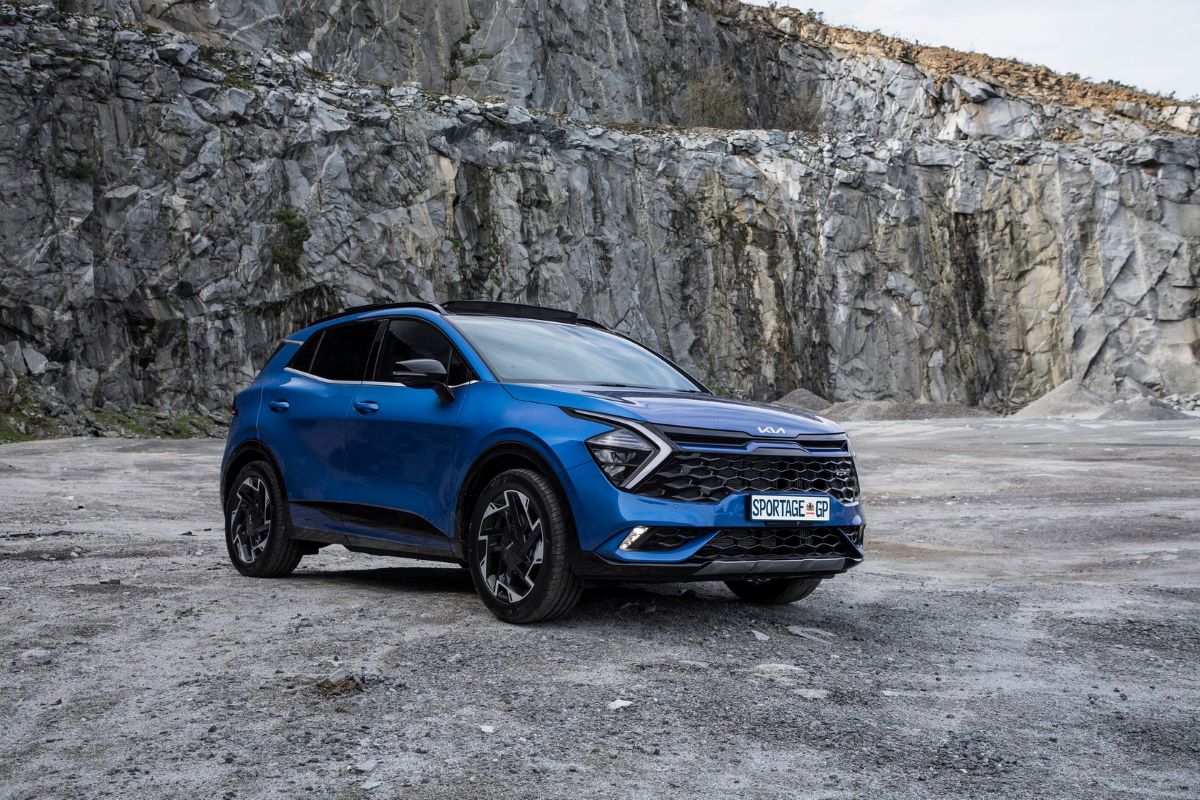
5. Kia Sportage
Kia has rapidly transformed its image from budget-oriented to feature-packed and stylish, and the latest generation of the Sportage is a shining example of this evolution.
Among the many comfort-focused amenities it offers, one standout is the inclusion of dedicated rear air vents across most trims, including the entry-level models. These vents are located behind the center console and are easily reachable by second-row passengers, allowing for a level of climate control and comfort that belies the vehicle’s competitive pricing.
Rear passengers in the Sportage benefit from more than just access to airflow — they enjoy a cabin that’s been designed with comfort in mind from the ground up. The interior boasts impressive legroom and headroom for a compact SUV, and features like reclining seatbacks, soft materials, and USB charging points contribute to a relaxing ride experience.
The air vents help distribute airflow evenly and quickly, particularly in conjunction with the vehicle’s efficient automatic climate control system. Whether it’s keeping the cabin cool during a scorching afternoon or warm during a chilly morning commute, the rear air vents do their part in enhancing everyday usability.
What sets the Sportage apart from many of its rivals is how Kia packs in high-value features without bloating the price tag. Rear air vents, once considered a premium or luxury inclusion, are now part of Kia’s commitment to democratizing comfort.
Combined with the Sportage’s standout exterior design, class-leading tech features, and a spacious rear cabin, the air vents aren’t just another checkbox — they’re a visible sign of a carmaker paying attention to the full driving (and riding) experience. For anyone looking for an affordable crossover that refuses to compromise on passenger care, the Sportage delivers on all fronts.
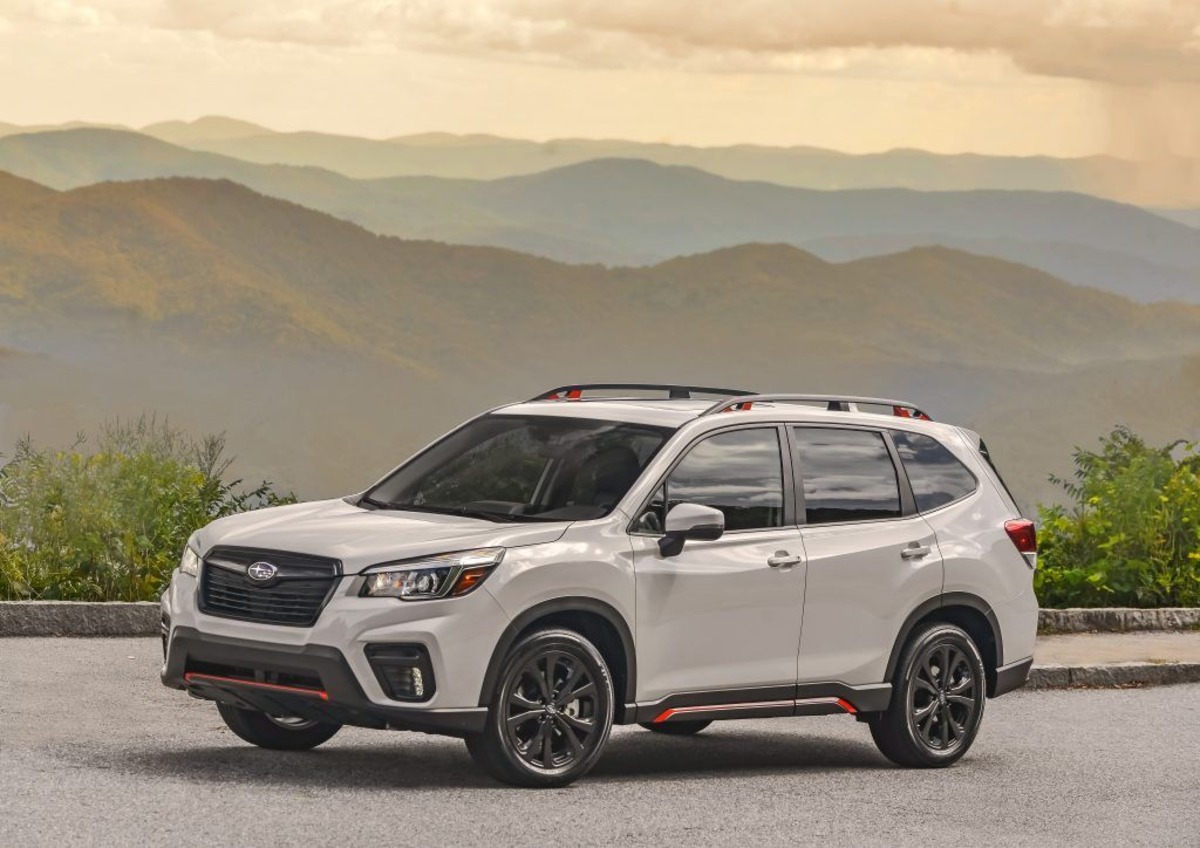
6. Subaru Forester
The Subaru Forester has always been a symbol of rugged dependability, but beyond its all-weather capability and practical design lies a surprisingly comfortable cabin, especially for rear-seat passengers. Beginning with the Premium trim, Subaru equips the Forester with dedicated rear air vents, located conveniently at the rear of the center console.
These vents deliver a steady stream of airflow to second-row passengers, ensuring they’re not left out of the vehicle’s climate control system — a crucial feature for those who live in climates with frequent seasonal changes or for families who regularly use the rear seats.
These rear vents are designed with simplicity and effectiveness in mind. They don’t offer advanced multi-zone control, but they do allow second-row passengers to redirect airflow to meet their comfort needs. Combined with Subaru’s efficient automatic climate system, the vents help balance cabin temperature more quickly and evenly, reducing discomfort and minimizing the need for frequent adjustments by front passengers.
On long trips through mountains or under the scorching summer sun, these vents become vital for keeping everyone comfortable, especially children or pets in the back seat.
The Forester’s commitment to passenger well-being is reflected in other aspects of its interior design, as well. It features excellent outward visibility, roomy rear seats, and wide-opening doors that make ingress and egress easier for all ages. Even the base models feel airy and well-organized, and when you step up to trims that include amenities like heated rear seats and USB ports, the experience only gets better.
In this context, the inclusion of rear air vents is more than just a feature — it’s part of a thoughtfully engineered space that puts passengers first, reinforcing Subaru’s image as a brand that understands real-world usage.
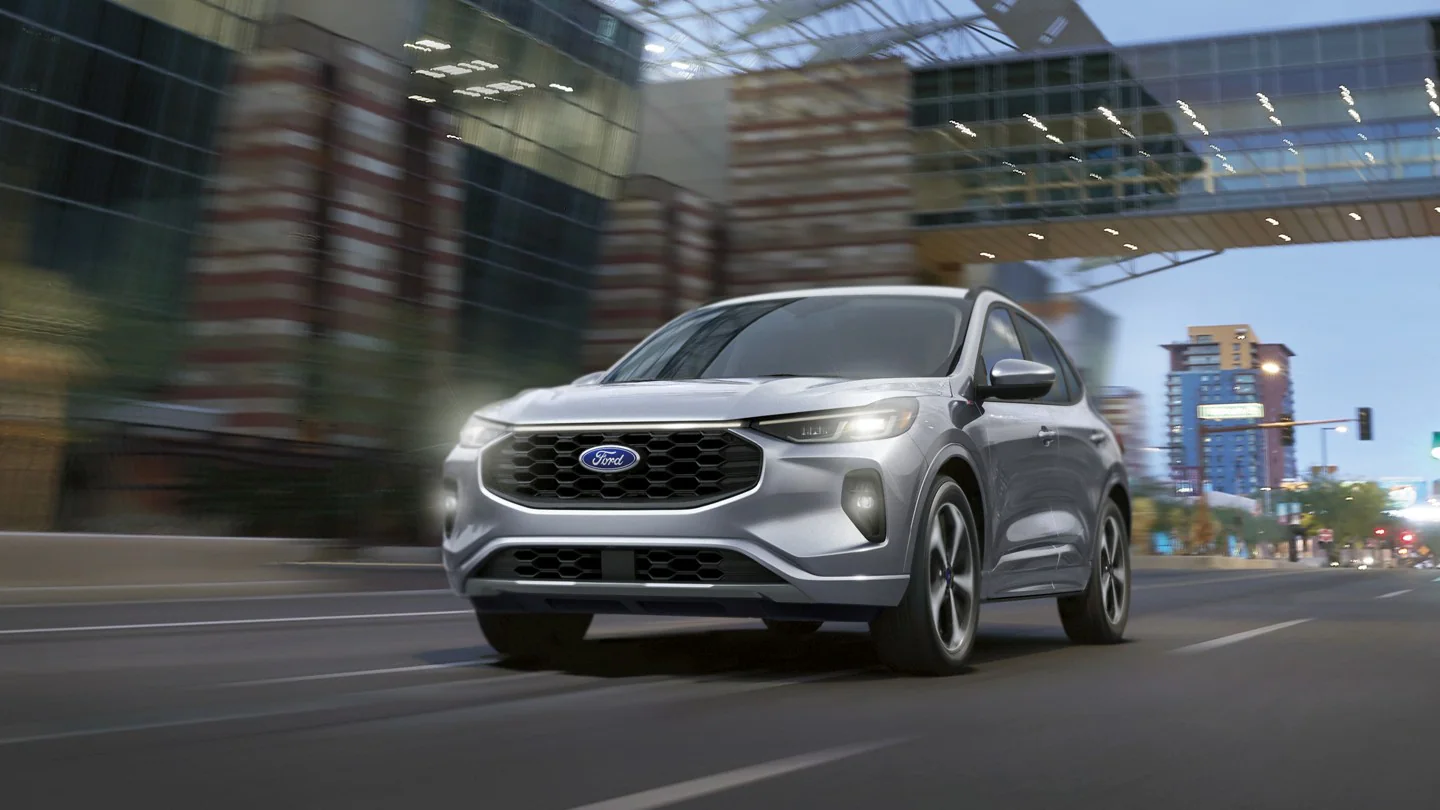
7. Ford Escape
The Ford Escape remains a key player in the compact SUV market, thanks to its blend of performance, practicality, and user-friendly features. One such feature, often appreciated by families and passengers alike, is the inclusion of rear air vents starting from the SE trim level.
These vents are built into the back of the center console and offer second-row occupants a direct source of airflow, helping them stay comfortable regardless of what the front passengers are doing. It’s a small touch, but one that reflects Ford’s focus on making the Escape a better companion for both drivers and passengers.
Unlike some rivals that relegate airflow to passive under-seat ducts, the Escape gives rear passengers more active control over their comfort. The vents can be adjusted for direction, allowing airflow to be tailored to individual needs.
While the rear zone isn’t independently climate-controlled, the combination of these vents with the Escape’s powerful HVAC system results in a cabin that adjusts quickly and maintains comfort even when the rear seats are fully occupied. Whether you’re taking the family to a weekend getaway or driving co-workers around town, everyone in the vehicle can benefit from more consistent airflow.
Beyond just the air vents, the Escape’s cabin has been carefully laid out to maximize usability. The second row features ample legroom, a reclining seatback, and thoughtful placement of cupholders and charging ports.
These small conveniences, when paired with dedicated rear airflow, elevate the Escape’s rear-seat experience from acceptable to genuinely comfortable. For buyers looking for a practical vehicle that doesn’t sacrifice comfort for utility, the Escape strikes a well-calibrated balance that makes it a top contender in the compact crossover segment.
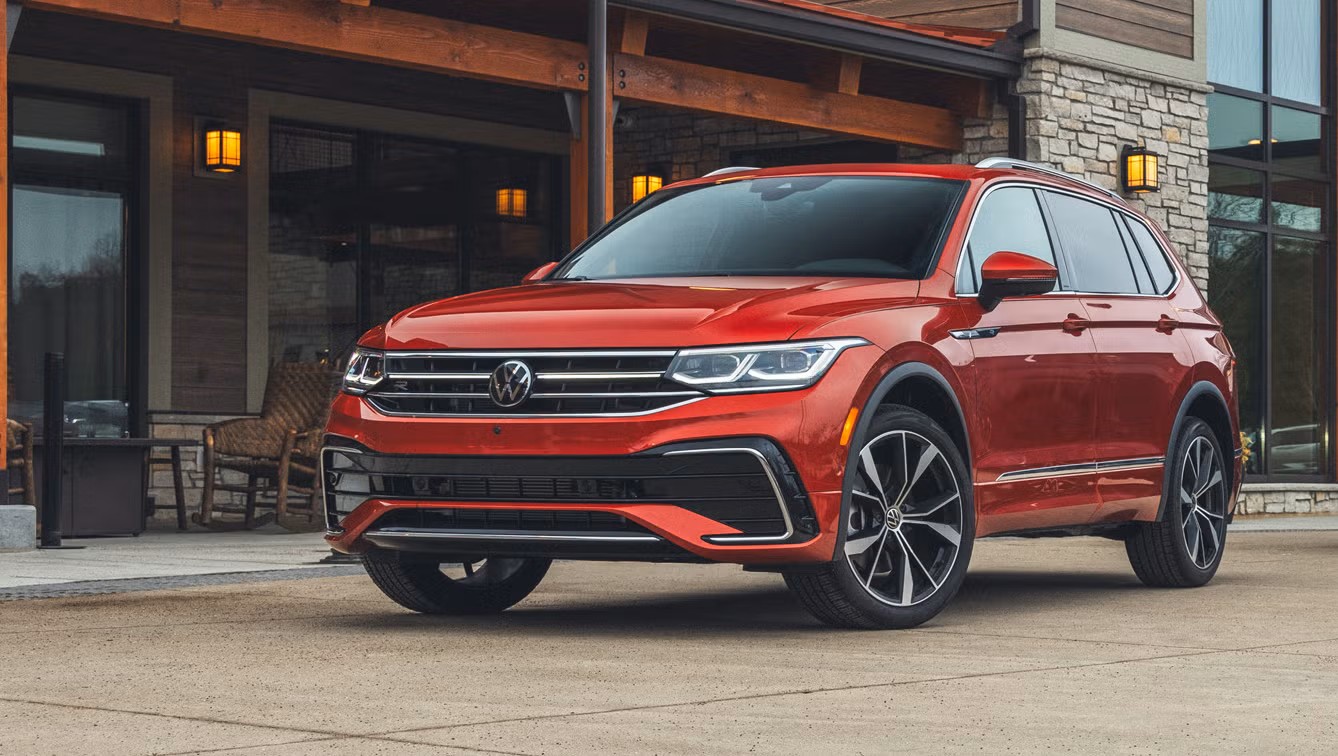
8. Volkswagen Tiguan
The Volkswagen Tiguan is unique among compact crossovers in offering an available third-row seat — a feature that instantly highlights the importance of a well-managed climate control system. Thankfully, VW has not skimped on this essential feature.
Even in base trims, the Tiguan includes rear air vents for second-row passengers, and in models with the third-row option, additional airflow solutions are integrated to serve all three rows. These vents ensure that everyone, regardless of seat location, can enjoy a controlled and comfortable climate.
The Tiguan’s rear air vents are strategically located on the rear of the center console, where they’re both functional and easy to use. Rear passengers can direct the airflow toward themselves or adjust the vents based on personal comfort.
This is especially valuable in a crossover with a longer wheelbase and extended seating capacity, as air from the front vents alone would never adequately reach all corners of the vehicle. In tandem with the Tiguan’s robust climate control system, these vents help stabilize cabin temperature more efficiently, reducing the time it takes to cool or heat the interior after startup.
Beyond just airflow, the Tiguan offers a premium-feeling cabin with a distinctly European flair. The interior layout is straightforward and intuitive, featuring high-quality materials, well-cushioned seats, and plenty of room for taller passengers in the second row.
Optional features like heated rear seats and USB-C ports further boost the comfort quotient. Whether you’re carrying family, friends, or a full load of passengers across all three rows, the inclusion of effective rear air vents ensures that no one feels left out — making the Tiguan a solid pick for those seeking both style and substance.
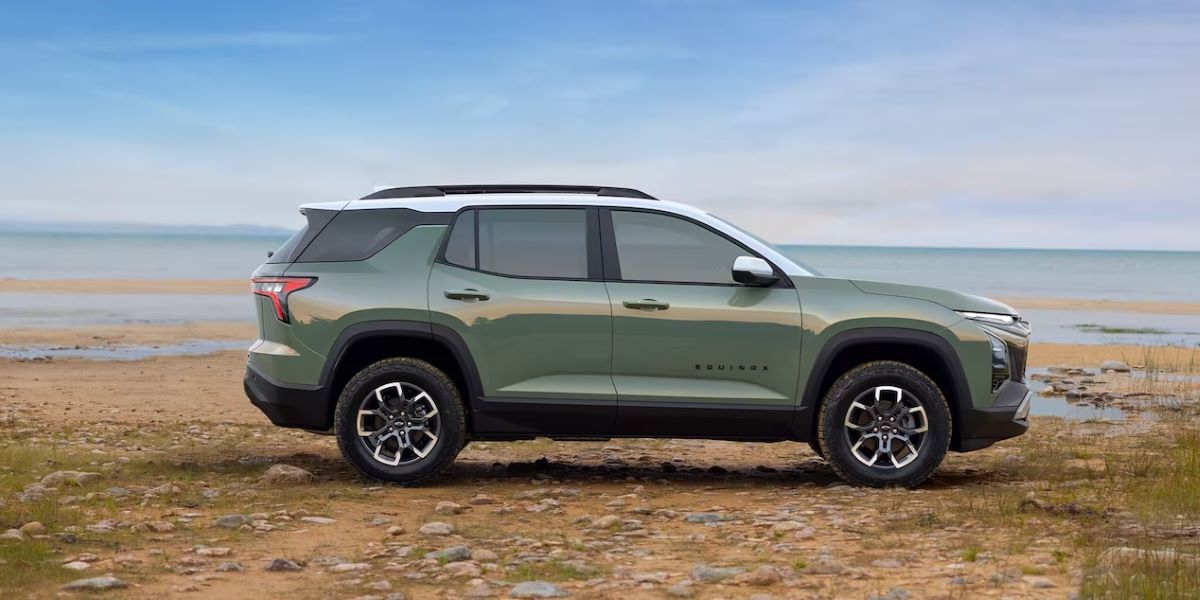
9. Chevrolet Equinox
Chevrolet’s Equinox has built a steady reputation as a no-nonsense, family-oriented SUV, and one of the understated yet valuable features it brings to the table is the presence of rear air vents starting from the LS trim and upward.
These vents are smartly placed behind the center console and provide direct airflow to the second-row seats, helping rear passengers stay cool in the summer and warm during winter months. For a vehicle that positions itself as a daily workhorse and family vehicle, this attention to cabin comfort is both expected and appreciated.
What makes the Equinox’s setup effective is how well it integrates with Chevy’s climate management system. Although rear passengers can’t control temperature settings independently, the vents provide enough adjustability to ensure airflow reaches everyone.
This is particularly beneficial when transporting multiple passengers or driving in extreme weather, as it allows for more rapid and even temperature regulation. Combined with the Equinox’s relatively quiet cabin and comfortable suspension, the rear vents enhance the in-cabin experience, making each journey smoother and more pleasant for everyone involved.
The Equinox doesn’t just rely on vents to provide comfort — it’s also thoughtfully designed with features like a low rear floor hump, reclining back seats, and wide rear doors for easy access. Charging ports, cupholders, and available rear heated seats further add to the family-friendly appeal.
The rear vents, while perhaps not the flashiest feature, serve a crucial role in maintaining a consistently comfortable environment for all passengers. If you’re in the market for a practical and affordable crossover that doesn’t overlook backseat riders, the Equinox holds its ground firmly in a crowded field.
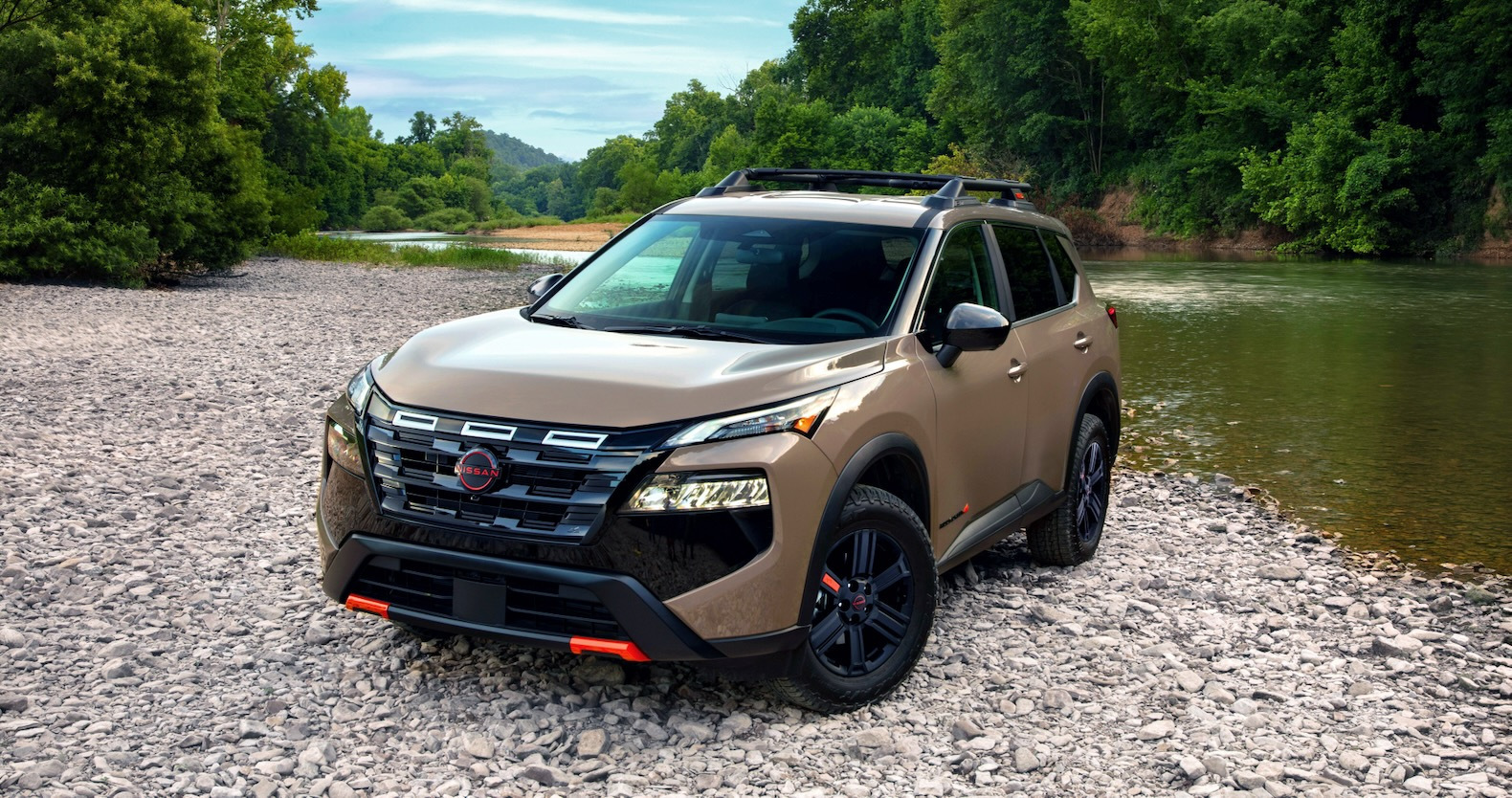
10. Nissan Rogue
The Nissan Rogue has undergone a major transformation in recent years, evolving from a modest compact crossover into a serious competitor offering near-luxury levels of comfort and tech. One of the most appreciated changes is the inclusion of dedicated rear air vents from the SV trim and up.
Located conveniently on the rear of the center console, these vents provide targeted airflow to the second row, ensuring that rear-seat passengers experience the same level of climate control as those in the front.
Nissan’s dual-zone automatic climate control system works efficiently with the rear vents to maintain a consistent cabin temperature, which is particularly helpful during extreme temperatures. Although the rear zone isn’t independently adjustable, the vents help equalize the temperature in the cabin and minimize complaints from backseat passengers.
This is a small but significant improvement over older Rogue models and places it ahead of some competitors who still lack this feature in lower or mid-tier trims. It’s part of a larger shift in Nissan’s design philosophy, which focuses on making the Rogue feel more upscale and passenger-focused.
Beyond air vents, the Rogue continues to impress with its “Zero Gravity” rear seats that are designed for long-term comfort, generous interior space, and optional features like rear heated seats and sunshades. The combination of comfort-enhancing features makes the Rogue especially attractive to families and those who frequently carry rear passengers.
The inclusion of dedicated rear air vents reinforces this vehicle’s mission: to offer a premium experience to all occupants, not just the driver and front-seat passenger. Whether it’s a short city trip or a long road journey, everyone in the Rogue is treated with care and attention.
Also Read: 10 Cars with Fold-Flat Seats That Make Bike Transport Easy and Secure
Rear air vents may seem like a minor detail in the grand scheme of vehicle shopping, but as we’ve seen across the ten crossover SUVs in this list, their inclusion has a significant impact on everyday comfort, passenger well-being, and the usability of the vehicle.
Whether you’re stuck in city traffic on a sweltering afternoon or navigating a wintry commute with a full cabin, proper airflow to all seating zones isn’t just convenient — it’s essential. Dedicated vents in the rear cabin help create a balanced interior climate, improve satisfaction among rear passengers, and even contribute to the perception of vehicle quality and design thoughtfulness.
The crossovers we’ve highlighted — from the value-packed Kia Sportage and practical Honda CR-V to the more premium-feeling Mazda CX-5 and the versatile Volkswagen Tiguan — all understand that the journey matters just as much for those in the back as it does for the driver.
Their implementations of rear air vents vary in complexity, but they all share a common goal: ensuring that the rear seat isn’t an afterthought. Some brands, like Hyundai and Subaru, make these features available even in their mid-tier trims, showcasing a growing trend where thoughtful comfort is becoming standard rather than a luxury add-on.
Ultimately, when evaluating your next crossover purchase, it’s worth looking beyond the usual specs and asking: “Will my passengers be comfortable, too?” Dedicated rear air vents are a small yet telling indicator of a vehicle designed with everyone in mind.
So, whether you’re hauling kids, friends, coworkers, or just planning long road trips, these ten vehicles stand out for treating rear passengers like first-class travelers. It’s a reminder that true comfort isn’t about flashy features — it’s about thoughtful ones.

